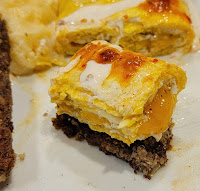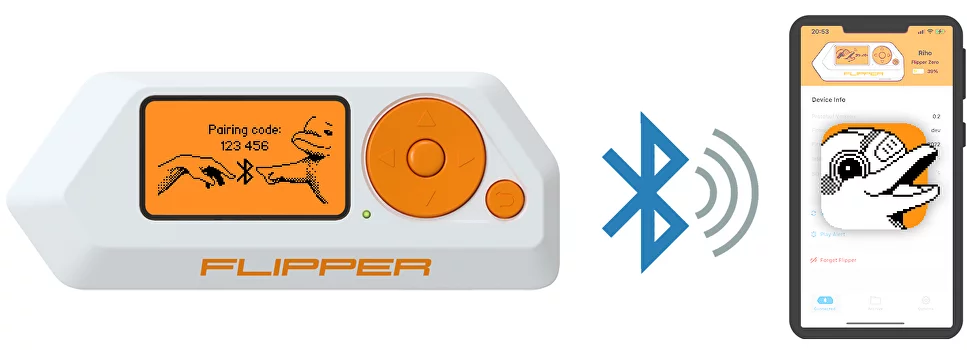Bessie May was my great grandmother, and I never once called her anything other than Granny Pelfrey. She was the gentlest person I ever met, which blew my mind to find out later in life from Granny Joyce that Bessie May was the only woman she said she ever felt threatened by, because she felt like she thought her mother-in-law believed she wasn't good enough for her son (my Grandpa Mervin).
Bessie May had a soft laugh, the warmest hug, and the greenest thumb. She would quietly chuckle all day long. She found humor in every situation and her joy was contagious. To this day, although I feel I am fairly skilled in the kitchen, my palette is so black pepper heavy that I have to ignore my own taste buds most of the time and trust my recipes for everyone else. She had a habit of making hamburgers that were practically dredged in black pepper with almost no salt, and it would burn your eyes when she was cooking them; however, those crazy burgers were always complimented by fresh melon, grapes, or something else amazing from her garden. I know she owned more cookware, but I only recall ever seeing her use a cast iron skillet and a small paring knife to make everything.
She smelled like lavender and baby powder. In an area known for two types of trees, arid plains, and almost no grass, she would always grow her own grapes (sometimes pressing her own wine), multiple types of tomatoes, squash, cucumbers, cantaloupe, and melons. Honeydew was her personal favorite; although, Grandpa Mervin was a sucker for watermelon hearts.
She kept an immaculate house, and I mean absolutely spotless; however, I don't recall ever seeing her freak out about a spill, dirty child, or mishap. She would laugh, hug, and smother you with comfort for days. She used to tell me what a wonderful complexion I had at a time in my life when I was extremely self-conscious and was struggling with self-esteem. She was sunshine incarnate, and she would drag you up, make you grow, without time to complain or mumble excuses.
She was a simple woman, but also fashionable (at least to my eye). She always wore a light gray or white dress and would carry a petticoat and hat when she'd go visiting. On ancestry.com, there is a photo of her before she turned 20 and already had silver hair. I'm not sure if it's why I started getting gray hair in my early twenties and had full silver by 35, but they say you get hair genes from your mother's father.
Her house was otherworldly, with a giant cinderblock fence around the small back yard to protect her garden. It was the only house I knew of with a giant stone stairwell with solid stone balustrades. I was always told her husband, Joe, not only built the house, but made that stairwell. He was the most masculine man I have ever met, and the quietest. The most amazing thing about him, considering the area and the men in my family and all their friends: I never once heard him cuss, or raise his voice. He wasn't just civil in front of his wife (which was rare), but he was soft-spoken while possessing the skillset of any other five men and was a huge believer that only actions matter. Everything else is bragging and reasons why things don't get done. He was a man who got things done. They were such a power couple. He lived to 89 and she tiptoed into 101 years.
In her final days, I visited her in the hospice center where she was staying. I had not seen her in over a decade, having gone gray, and having put on a lot of weight. I walked into her room, and she just chuckled, held out her arms and called me by my name, and held her arms out for a hug. I lost it and ran over. Halfway there, she even warned me "I have to tell you, my brain says there's a giant pit right there on the floor, but I'm also smart enough to know that's ridiculous. Just in case I'm not crazy, you should walk around the edge of the room."
We hugged, we cried, we laughed, and then talked. She was magical and if anyone in my life figured out how to stick around and watch over their family, that woman did it. While I ache for Granny Joyce that leaves me near despair, I miss Granny Pelfrey the same way I miss the way the ocean looked on my wedding day. I remember her and find comfort and a serenity that grants me so much strength.













